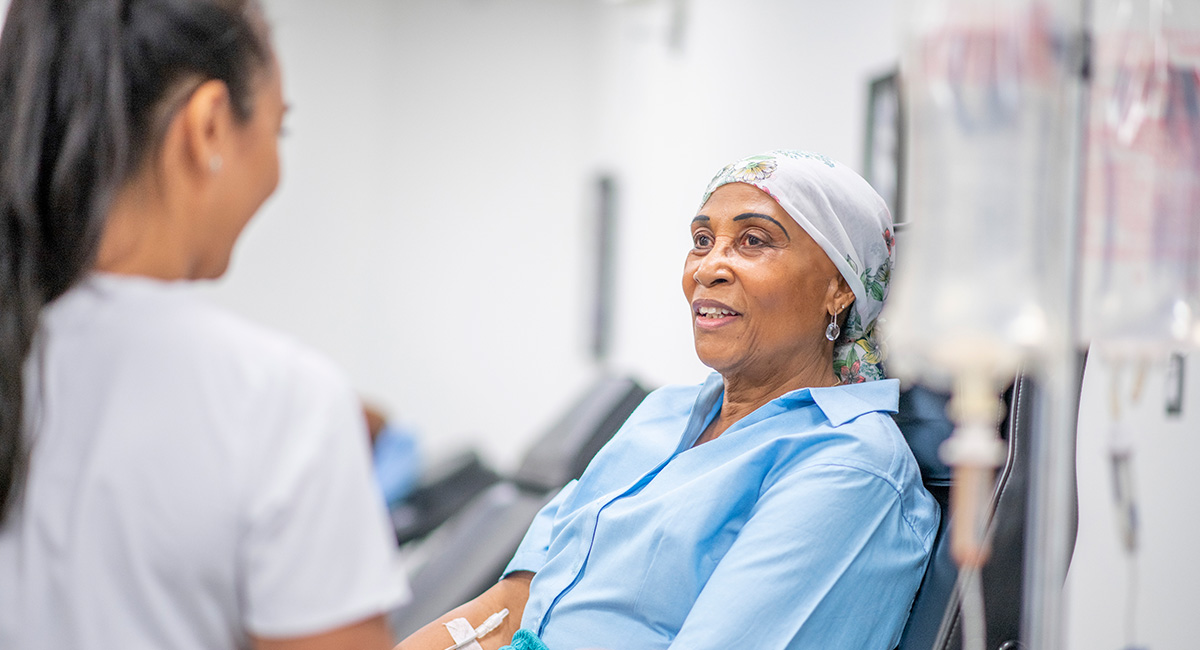A drug originally designed to prevent osteoporosis is now expected to save and improve the lives of millions of people with breast cancer, thanks in part to decades of foundational research by Dr. Josef Penninger, a professor in UBC’s Faculty of Medicine and director of the Life Sciences Institute.
The achievement highlights how UBC scientists are developing effective new treatments — and unlocking the full potential of existing drugs – through research into the fundamental biological principles behind disease. By advancing scientific discoveries from the lab to the clinic, UBC researchers are bringing life-changing treatments to patients everywhere.
The drug, called Denosumab, was recently shown in a long-term Phase 3 clinical trial to improve survival among postmenopausal women with hormone receptor-positive early breast cancer receiving aromatase inhibitor treatment. Moreover, the drug markedly improved patients’ quality of life by reducing broken bones by 50 per cent, a common side effect of breast cancer treatment. The results of the trial were recently reported in The New England Journal of Medicine.
Denosumab is a monoclonal antibody developed by American biopharmaceutical company Amgen to prevent bone loss. In the early 2000s, research by Dr. Penninger and his team revealed the therapeutic potential of Denosumab, as well as the drug’s surprising connections with breast cancer.
“More than two decades ago we started the experimental groundwork that revealed Donosumab’s potential as a treatment for breast cancer patients,” says Dr. Penninger. “These results are incredibly exciting and will help improve the lives of millions of patients. I am very proud of all the people in my lab over the years who did that work and helped pave the way for this achievement.”
Discovering the link between osteoporosis and breast cancer
Denosumab works by binding to and inhibiting the activity of a protein called RANKL, which plays a key role in bone-resorbing cells called osteoclasts. By blocking RANKL, denosumab reduces the activity of osteoclasts and slows down bone resorption, helping to increase bone density and preventing osteoporosis.

Dr. Josef Penninger
Dr. Penninger and his team began to draw the connection between osteoporosis and HR-positive breast cancer when they generated the first RANKL “knock-out” mice in the late 1990s.
A knockout mouse is a laboratory mouse that has been genetically engineered to have certain genes deactivated, or “knocked-out”. Dr. Penninger’s team engineered mice that lacked the genes necessary to produce the RANKL protein in an effort to study the protein’s essential function in bone metabolism.
However, to the researchers’ surprise, they discovered that the RANKL-deficient mice failed to develop a lactating mammary gland in pregnancy – a process that depends on sex hormones.
“This proved an evolutionary link: showing how bone loss is regulated by sex hormones, and how pregnant mammals activate RANKL to form breast tissue for lactation among other functions,” says Dr. Penninger.
Based on this initial finding, Dr. Penninger’s team went on to show that RANKL played a key role in progestin-driven breast cancer, as well as breast cancer driven by BRCA1 mutations.
“Further researcher revealed how RANKL controls the stem cells in the breast that respond to sex hormones and thereby drives growth of the breast tissue at every menstruation cycle and in particular in pregnancy and lactation,” adds Dr. Penninger.
In the case of breast cancer, RANKL spurs mammary epithelial cells to divide, and helps to maintain the stem cells that give rise to breast tumours.





